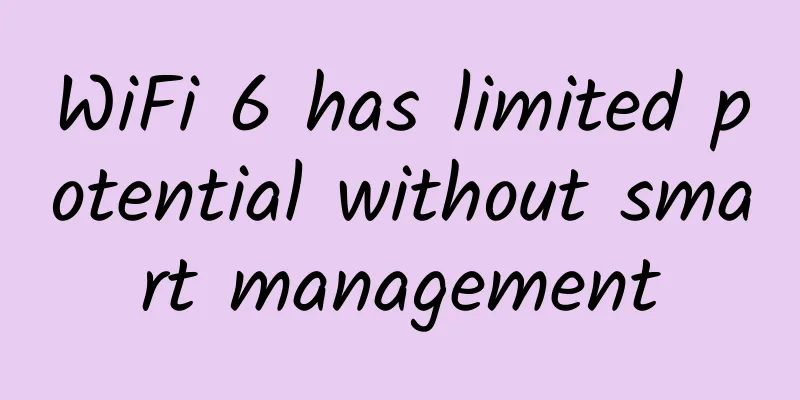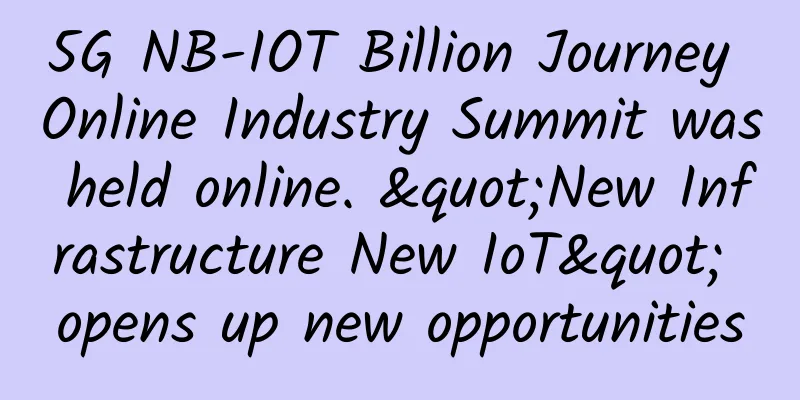5G messaging is about to be launched in the commercial use countdown

|
5G messaging is regarded as a major business innovation of operators in the 5G era. Operators also call it "the precise supply of 5G communication capabilities under the background of internal circulation" and have high hopes for it. However, since the three operators jointly released a white paper last year, the bidding and centralized procurement has been full of twists and turns, and a clear commercial timetable has not been officially announced. What is 5G messaging waiting for? What is the progress of the business model, standards, and industry chain? "The commercial use of 5G messaging has entered the countdown," said several industry insiders involved in 5G messaging. Over the past year, all parties in the industry chain have been advancing, and operators have taken the lead in building 5G messaging systems, which are ready for full commercial use. "In the past, operators pursued large and comprehensive products, but failed to convey clear understanding to users and partners." Zhou Xiaojun, project director of ZTE's 5G messaging, said that 5G messaging is completely different from previous products. It has simplified product functions and focused on connecting people and services. The business model is also clearer. All parties in the industrial chain benefit, forming a closed business loop. 5G messaging will be the first 5G application to be put into commercial use on a large scale for the public and industry users. The integration of 5G messaging with thousands of industries will also bring huge market space. "But this perpetual motion machine needs a fulcrum to pry it open," Zhou Xiaojun said. What is the fulcrum? The rapid popularization of the C-end is the key, and then promoting it on the B-end will be a natural thing, integrating it into services in various scenarios to achieve commercial monetization. 5G messaging terminals are the foundation for large-scale commercial use of 5G messaging. Industry insiders also admitted that terminal companies have concerns about profit-sharing models such as "entry competition" and the dominance of the app store model. Operators have solved the problem by unifying industry standards and coordinating with terminal companies under the coordination of the competent authorities. "There is already a solution," said the industry insider. The key is to make the pie bigger together. Fu Guoqiang, an expert from the Institute of Technology and Standards of the China Academy of Information and Communications Technology, also said that the profit distribution model should be innovative. The 5G message market should be six or seven times the size of the SMS market. This market is large enough. Operators should work with terminal companies to make the pie bigger. Data shows that in 2019, operators' SMS revenue was 39.2 billion yuan, mainly from notification verification applications. 5G messaging places more emphasis on service conversion and has a large enough incremental market. How to make the cake bigger According to data disclosed by operators, as of January 14, 2021, 42 terminals support 5G messaging, and mainstream terminal manufacturers such as ZTE, Huawei, Xiaomi, OPPO, VIVO, and Samsung all have multiple models supporting it. ZTE already has four terminals that support 5G messaging, and announced that its entire series will support 5G messaging in the Chinese market in 2021. Regarding the issue that Apple phones do not support 5G messaging, Zhou Xiaojun said that the key is still the scale effect. Apple phones have a market share of 15%-20%. If 85% of Android phones support 5G messaging, referring to the previous example of VoLTE, the problem will be solved under interconnection and scale effect. In terms of standards, the Ministry of Industry and Information Technology has listed the 5G message series standards as key standards for promotion. The 5G message industry standard system was established in 2020, and all progress is progressing smoothly. In November and December 2020, TC3 and TC11 successively reviewed and approved the drafts of three industry standards: "Overall Technical Requirements for 5G Messages", "Technical Requirements for 5G Message Terminals", and "Test Methods for 5G Message Terminals". On January 15, 2021, the "Overall Technical Requirements for Interoperability of 5G Message Services of Different Operators" was submitted for approval and reviewed and approved. Business model, or business model? The business model of 5G messaging is also the focus of the industry. At present, it has become a consensus to combine scenario pricing. The pricing model is divided into traditional models, new scenarios with interactive customer service, and conversion models with value-added business diversion. Wang Quan, vice president of ZTE Telecom Cloud and Core Network Product Line, said that 5G messages with a single capability can only continue the original business model and cannot achieve a major upgrade of the message business. If it is still based on the original message attributes, it is difficult to open up a new blue ocean. Special attention should be paid to the combination with some of the inherent characteristics of 5G messages, such as indoor positioning based on 5G. The precise location information inside the business entity can also be brought into 5G messages to expand the business model. Hu Bo, director of the Terminal Business Research Office of China Unicom Research Institute, believes that there are four integrated technology development directions for 5G messages in the future. The most basic is the combination with AI; the second is the customized service combined with network slicing and edge computing; the third is the triggering and integration of local nearby scenes. For example, the triggering of boundary computing nodes at large conferences can realize the interaction between the subject and the audience as a new type of channel service; the last is the evolution of 5G messages to semi-terminals, such as home appliances and refrigerators, which have intelligent attribute functions. In the future, pan-intelligent terminals such as smart homes and cars will have built-in 5G message capabilities. The commercial use of 5G messaging is imminent. Although there are still problems such as gradual product improvement, the rapid iteration of Internet products is a rule, and there is no need to be comprehensive. In the promotion of 5G messaging, the three operators jointly released a white paper, which indicates that the three operators have reached a consensus: to jointly promote the development of 5G messaging with unified technical standards, unified business presentation, and unified functional experience as the core. At present, the three major domestic operators are all building 5G message commercial networks in accordance with the principle of "construction and pilot at the same time", and they have met the conditions for full commercial use. In October 2020, China Mobile announced that it had carried out trial commercial testing of 5G message-friendly users in pilot areas in 15 provinces. On December 14, 2020, China Unicom announced that "a new experience of mobile SMS interaction is coming! Shanghai Unicom has started trial commercial use of 5G messages." Shanghai Unicom has completed the deployment of the 5G message trial commercial platform and successfully connected to multiple leading industry applications. Platform manufacturers, service providers, industry customers, etc. are also accelerating deployment. Taking ZTE as an example, it has built the world's largest 5G message commercial network, which currently carries the largest number of 5G message users in the entire network. |
<<: Is 2021 really the first year of 5G toB?
>>: MIIT releases three-year action plan for industrial internet
Recommend
How to better migrate data centers
Migrating a data center is no small feat, and it ...
5G optical fiber product network construction requirements
5G is a leading technology in the new generation ...
Review of 2020丨Digital economy development has burst into surging momentum
Not long ago, the Fifth Plenary Session of the 19...
5G enables the industrial Internet to flourish
[[441504]] 5G remote ultrasonic robot diagnostic ...
ZJI: Hong Kong Kwai Wan signature CN2 server bandwidth free upgrade to 20Mbps, special models monthly payment starts from 450 yuan
This month, ZJI has upgraded the bandwidth of CN2...
RackNerd June Promotion: 1.5G memory VPS annual payment starts at $15.78, multiple data centers in San Jose/Seattle, etc.
RackNerd released a promotional package for June,...
Millimeter wave tragedy puts 5G in an awkward position
The United States is increasingly anxious and str...
A practical guide to running databases across regions and Kubernetes clusters
Translator | Kang Shaojing Planning | Yun Zhao Am...
The second half of the 5G era begins
On June 6, 2019, China officially issued 5G licen...
Z-Wave not concerned about potential threats from Project CHIP
This year marks the 20th anniversary of Z-Wave be...
PacificRack: $8/month Windows VPS-4GB/60G SSD/30M unlimited/Los Angeles
At the end of last month, I just shared the news ...
New IT Navigation: SDN shifts from technology-driven to application-driven
The energy of digital technologies represented by...
"Internet +" activates new driving force for Nong'an's development
[[188759]] "In the past, I had to go to seve...
edgeNAT Mid-Autumn Festival Promotion: 20% off for monthly VPS and 30% off for annual VPS, Hong Kong CN2/Korea CN2/US CUVIP optional
edgeNAT has sent out promotions for the Mid-Autum...
The 5G test in 2019: How to invest if you don’t want to be left behind? You are in a dilemma!
[[251967]] Recently, the Ministry of Industry and...








![[Black Friday] CloudCone: Los Angeles VPS from $16.79/year, Premium SC2 from $32.94/year](/upload/images/67cabff9214b9.webp)
